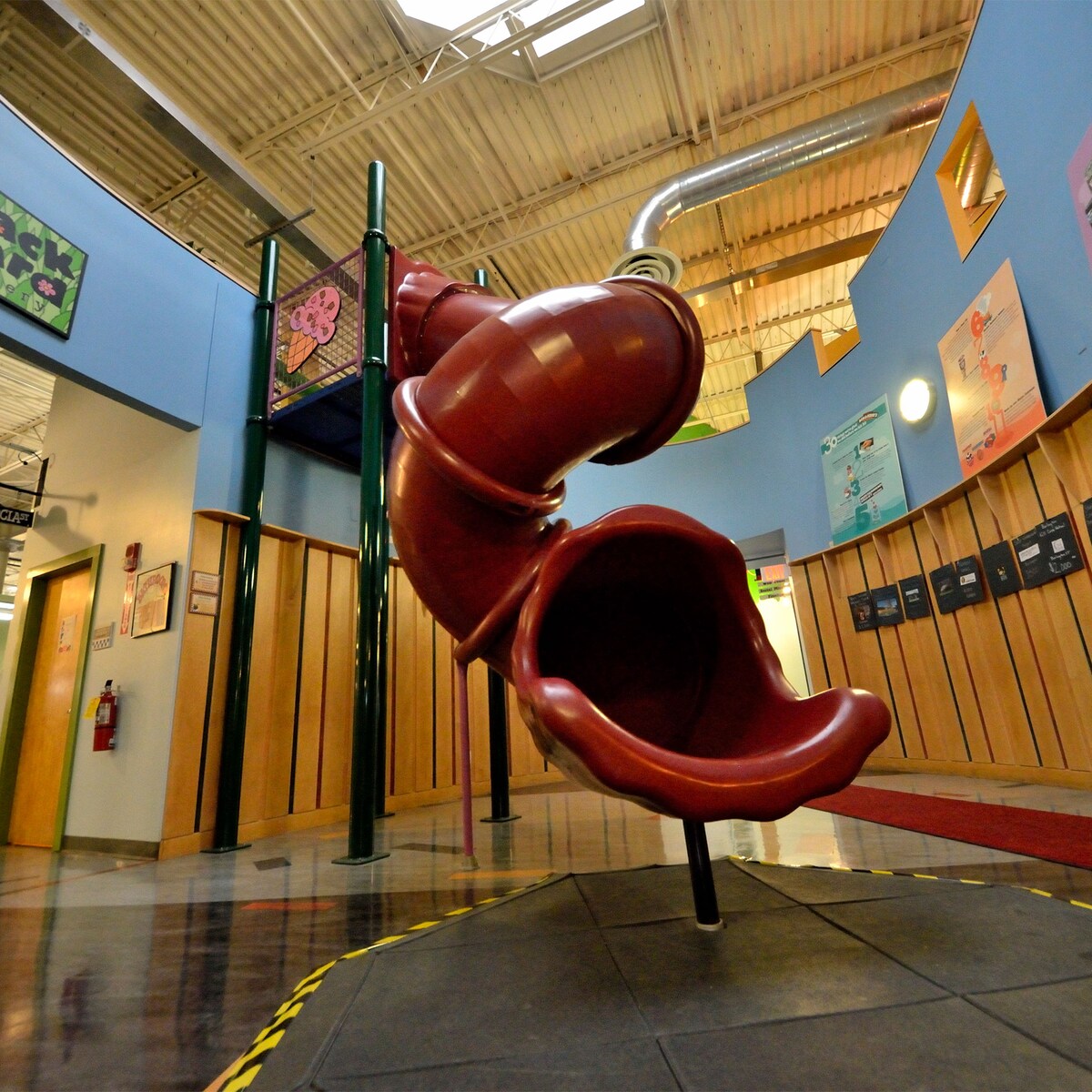April 2, 2018

Talking about climate change can sometimes feel like an alphabet soup of new words and weird acronyms. But don’t worry, we’ve got it covered. Here’s part one of our A-Z of climate change, from Anthropogenic to Mitigation, via Fossil Fuels, the Keeling Curve and LEDs.
Anthropogenic
Anthropogenic means caused by humans. The Earth’s climate has changed before, but scientists are sure that type of global warming we’re experiencing right now is caused by us.
Batteries
Renewable energy is great. But renewable energy + batteries is the absolute bee’s knees. Having batteries means we can store electricity generated by solar or wind, and then use it later when we need it.
Climate Change Act
In 2008 the UK passed a world leading law to combat climate change. The aim was to get UK greenhouse gas emissions down to 80% of 1990 levels by 2050. Things started pretty well, but policies to cut our emissions have rather slipped down the agenda lately.
Divestment
Divestment is basically un-investing - moving money away from particular companies. In the last ten years there have been fierce campaigns to get big institutions like unis and pension funds to divest from fossil fuels. Plenty of them have made commitments to divest already, but there are still loads more.
Electric vehicles
Plug in, charge up and whoosh. Electric cars use electricity to drive along, rather than burning petrol in the engine. As we put more renewables on our electricity grid, electric cars will be run on cleaner and cleaner fuel. They’re great for tackling air pollution too.
Fossil Fuels
Coal, oil, gas. Over millions of years, plants and animals get squashed underground and turn into fossil fuels. Humans get them out the ground and burn them for energy. But burning them sends carbon dioxide into the atmosphere, causing...
Greenhouse effect
We need some carbon dioxide in the atmosphere to trap the sun’s rays and keep the Earth warm. But all that fossil fuel burning means too much carbon and too much heat being trapped. So the earth gets hotter, global temperatures rise = climate change.
Heat pumps
Heat pumps aren’t actually magic, but they sometimes feel like it. They collect heat from the air, the ground, or water, then squash it (so it gets hotter), and use it to heat homes and buildings. And get this, they still work when the air is a bracing -15C!
Impacts
We’re feeling the impacts of climate change right now all over the world. Disasters like flooding, droughts, wildfires and hurricanes are all getting worse - and will become more severe still - because of climate change.
Just transition
Tackling climate change means we will need to change the way we get energy, the way we travel, what we eat… the list goes on. But we need to make sure the new world we build is a fair one, and the people currently working in the industries that are changing don’t get left behind.
Keeling curve
Back in the 1950s, scientist Dr Charles Keeling started collecting info about the amount of carbon dioxide in the atmosphere (in Hawaii - all right for some!). It was going up very fast. Today, his son, Ralph Keeling, runs the lab to keep our record of CO2 going.
LED light bulbs
These super efficient light bulbs use waaay less energy than older bulbs. Using less energy means less pesky climate change, and lower bills too. Check out the LED bulbs on the Empire State Building, Stamford Bridge football stadium and a whole load of Welsh castles. Oh, and LED stands for Light Emitting Diode, don’t you know.
Mitigation
Mitigation is any way we can tackle climate change. From solar to cycling, planting trees to plant-based diets, fixing stuff to flying less, wave power to whale poo (seriously, it helps store carbon!). To mitigate climate change we need a whole range of tools and tactics.
This blog post was written by our climate activist pals over at 10:10. Stay tuned for the second part of this chunk filled blog.



